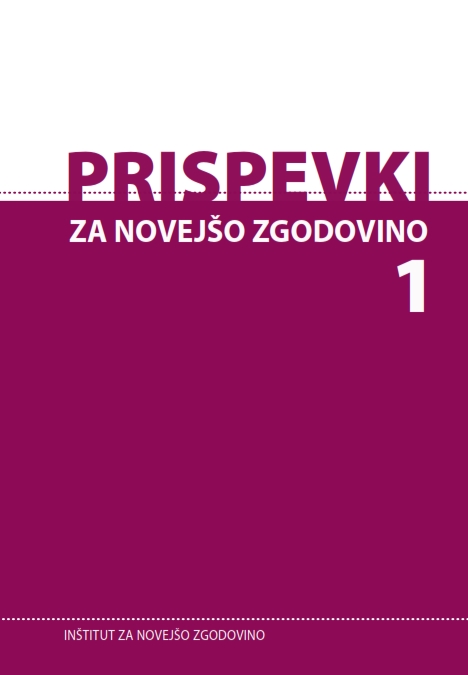Organizacijsko-politična slika liberalnega tabora v letih 1891–1941
Organisational-Political Image of the Liberal Camp Between 1891 and 1941
Author(s): Jurij PerovšekSubject(s): Politics, Political history, 19th Century, Pre-WW I & WW I (1900 -1919), Interwar Period (1920 - 1939), Sociology of Politics
Published by: Inštitut za novejšo zgodovino
Keywords: Austro-Hungary; Slovenians; liberalism; Carniola; the Gorizia region; Styria; Kingdom of SHS/Yugoslavia; organisational and political development;
Summary/Abstract: he organisational-political image of the Slovenian liberalism in the five decades between 1891 and 1941 represents, on the one hand, an integral part of the modern political triangle that corresponded to the situation in the other Austrian and West European nations since the end of the 19th century and which, in its basic Catholic-liberal-Marxist characteristics, continued in the time between the World Wars. On the other hand, however, it describes the part of the Slovenian politics whose organisational breadth was inhibited by the limited social relevance as well as deficient or diminishing activities, especially in the Austrian period. Almost until the end of the Habsburg Monarchy, the liberals failed to assert themselves at the all-Slovenian level. All of this had a notable influence on the inferior political role of the liberals in the contemporaneous Slovenian space. In the Kingdom of SHS/Yugoslavia, the liberals improved their position significantly by cooperating with the Yugoslav centralist politics. In this manner they stood up to the strong Catholic camp, rooted in its extensive ideological-political and social background. In the second half of the 1930s, the liberal political power became exhausted and fell apart organisationally. The liberal camp as a political subject became obsolete.
Journal: Prispevki za novejšo zgodovino (before 1960: Prispevki za zgodovino delavskega gibanja)
- Issue Year: 57/2017
- Issue No: 1
- Page Range: 49-83
- Page Count: 34
- Language: Slovenian

